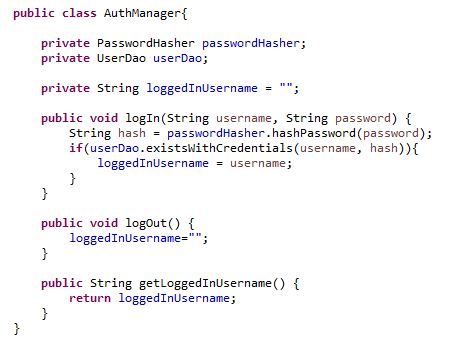In the world of object-oriented programming, the Single Responsibility Principle (SRP) stands as a cornerstone. SRP, a core concept in software design, is often summarized by a simple tenet: “One class, one responsibility.” But what does ‘responsibility’ truly mean in this context? Our latest entry in the SOLID principle blog series demystifies this!
🔍 Defining 'Responsibility' in SRP
While SRP’s concept appears straightforward, its application can be complex. The term ‘responsibility‘ often leads to diverse interpretations, challenging consistent implementation. We need a practical approach, one that transcends abstract definitions.
🚀 A Practical Perspective on SRP
Our approach? Focus on the reasons for a class to change. This practical lens simplifies SRP, fostering collaborative discussions and clear decision-making. It’s about ensuring each class remains adaptable and purpose-driven.
💡 SRP in Action: Real-World Examples
Consider the case of an AuthManager class. Through this example, we show how SRP violations can be spotted and rectified. It’s about maintaining lean, focused classes, thus minimizing unintended consequences of changes.


🏗️ The Lego Analogy: Building Flexibility with SRP
Think of SRP like building with Lego. Smaller, specialized blocks (classes) offer more creative freedom and adaptability than larger, multi-purpose ones. This analogy beautifully captures SRP’s essence in building resilient software.


📈 The Benefits of SRP Adherence
Embracing SRP translates to a myriad of advantages:
Smaller, more focused components
Better encapsulation of changes
Enhanced decision-making in implementation
Improved reusability
A more adaptable, robust codebase
Conclusion: SRP - The Heart of Object-Oriented Design
In conclusion, SRP is not just a principle; it’s a philosophy for building lasting, efficient software. It’s the backbone that supports a healthy, evolving codebase.





